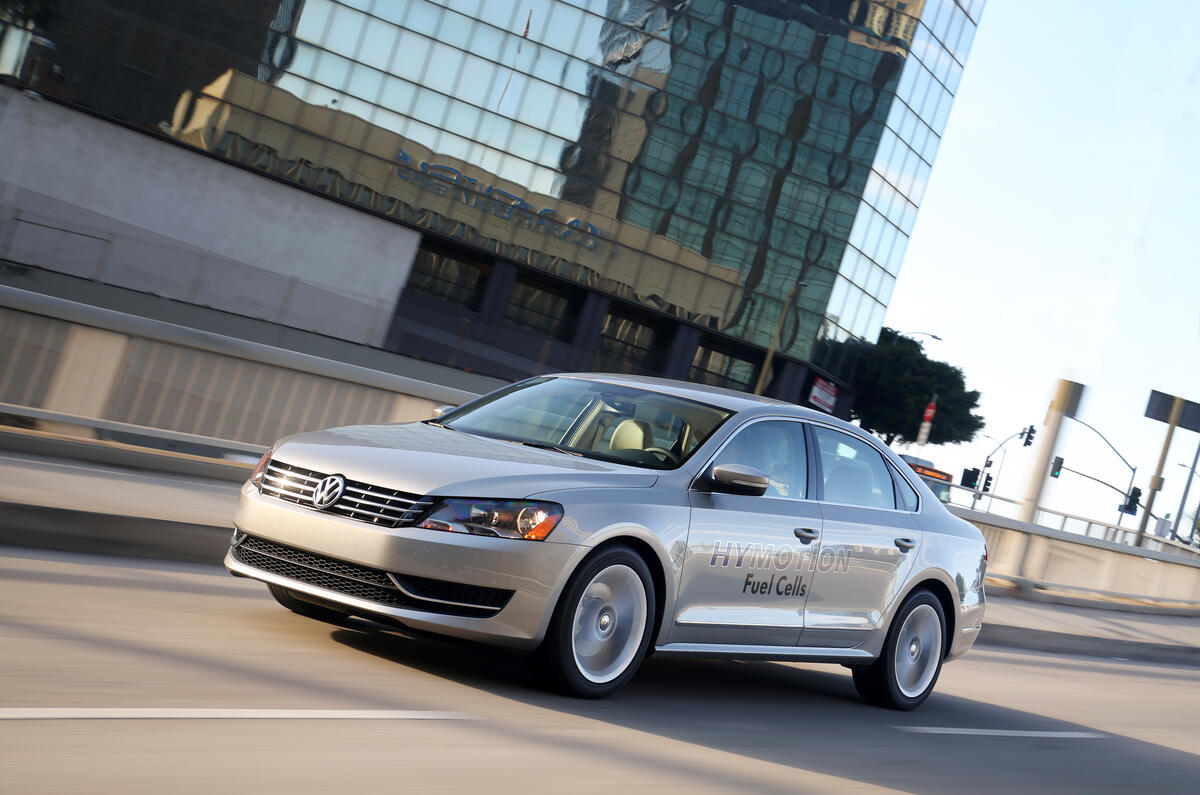The Volkswagen Group is co-operating in the development of a new hydrogen fuel cell that could be used for a future production model, a German patent application has revealed.
The patent application, lodged jointly by Volkswagen and German company Kraftwerk Tubes in July 2021 but only recently made public, covers developments made for a hydrogen fuel cell stack and hydrogen fuel cell vehicle that officials suggest could achieve a range of up to 2000km (1243 miles).




Join the debate
Add your comment
What a load of tosh.
Every fuel cell produce heat as byproduct of the redox , the more heat it produces the less efficient the system is. Aside of the lack of humidification I really can't see how these ceramic based membranes are more efficient given the current polymer ones do produce heat that it is indeed harvested to keep the cell warm (to help with the reaction) and heat the cabin in winter (that's why FCEVs do lose some range in winter but less than EVs that have to actively use energy to heat the cabin and the battery) .
And how they manage to achieve 1243miles of range when the most advanced and efficient FCEV on the market, the Toyota Mirai offers between 350 to 400miles of range but sacrificing a lot of the internal space for the sake of the hydrogen tanks?